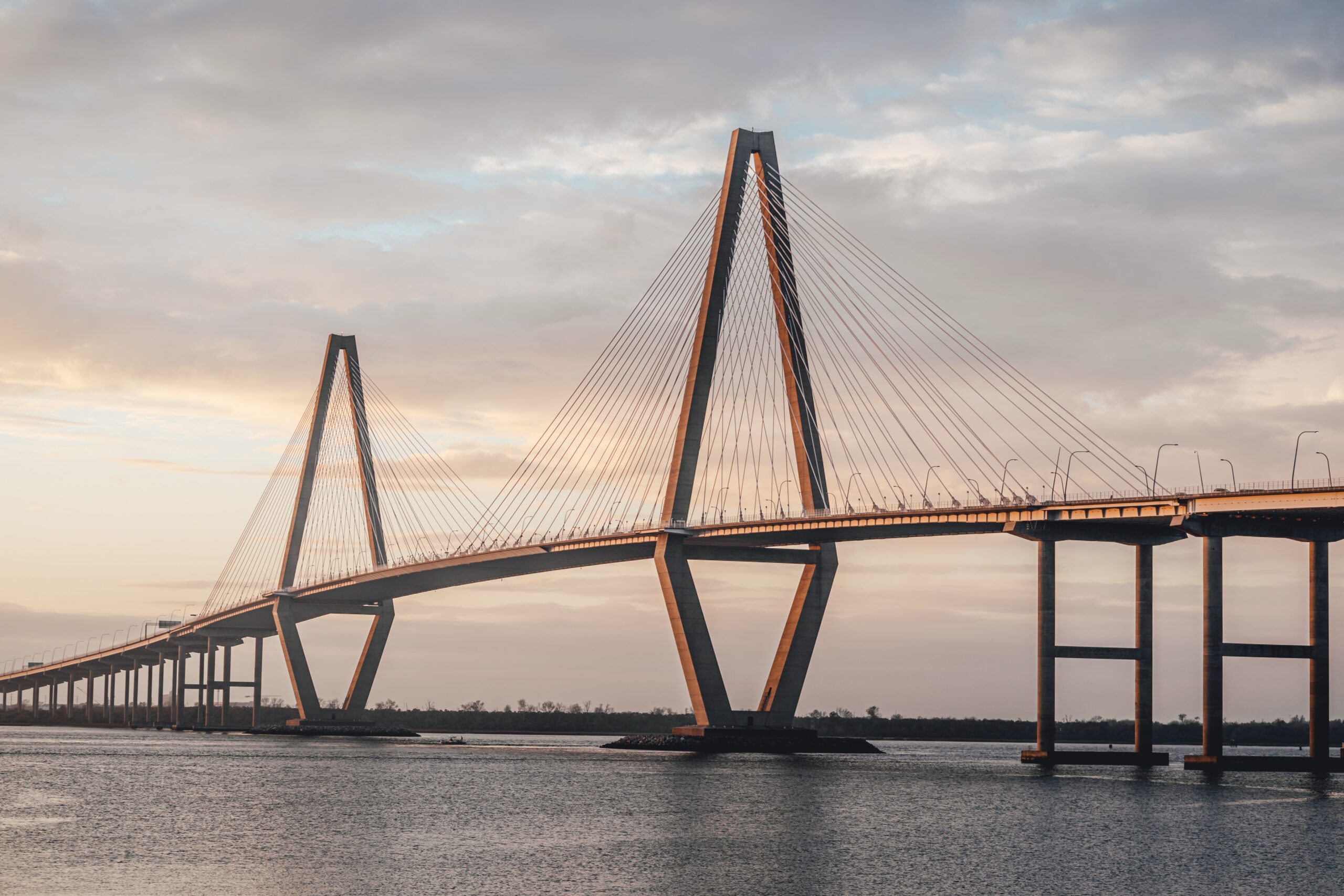
Due to the complex nature of bridge projects, meticulous planning and investigation is often required to ensure the components both above, and below, the ground meet the relevant standards, to ensure the final product is functional, durable, and safe. This article explores the geotechnical and design standards essential to ensure newly built and renewed bridges are fit for purpose in Australia.
Geotechnical Standards
The identification and analysis of the geotechnical conditions of a proposed bridge site is critical to the design and construction process. Whether a bridge will be crossing a valley or a river, investigations into the mechanics of the soil, rock, and groundwater (amongst others) are crucial to determine the suitability of the site. The results from these investigations will often inform the appropriate bridge designs and construction methods for the project.
Conducting geotechnical investigations can reveal latent conditions at a proposed site, including:
- stratification and physical characteristics of subsurface rock, clay, soil and sand;
- acid sulphate soils;
- susceptibility of subsurface movements due to weight, pressure, and moisture; and
- groundwater conditions.
Data obtained from geotechnical investigations can inform the:
- design parameters for the foundations of the bridge;
- pile behaviour under load;
- load-carrying capacities of piles;
- design of footings;
- design calculations of settlements and subgrade soil reactions;
- design approach of embankments; and
- design of abutments.
Design Standards
In addition to the complexities of geotechnical analysis, the challenges of bridge projects also extend to the structural design. In accordance with the design philosophy contemplated by Australian Standard AS 5100, a bridge structure that is fit for purpose will:
- have a design life of at least 100 years, without requiring major repairs (except for certain components normally replaced or repaired within the design life e.g. bearings);
- only require normal, routine maintenance;
- be fully functional, with the design plan allowing for changes in use patterns, loads and environment over the design life; and
- blend harmoniously with existing surrounds.
Not surprisingly, 100 years is a significant time for a structure to endure increased use, loads, and exposure to the environment. Therefore, it is critical that a bridge’s design meets the relevant standards, and it is safe, durable, and capable of achieving the design life.
Despite the availability of comprehensive standards that offer guidance for geotechnical investigations and bridge designs, it is not uncommon that many bridges will, in fact, require significant repairs, maintenance, and rehabilitation works within their 100-year service life. Common issues to be aware of which may affect the service life of a bridge, include:
- aggressive environments which affect a bridge’s durability;
- inadequate design;
- inadequate application of bridgework standards and specifications;
- construction defects;
- poor maintenance practices; and
- lack of knowledge at the time of design and construction.
Legal Support
The issues identified above highlight the importance of seeking legal advice if you are engaged in a bridge project. In addition to these issues, several risks may become apparent throughout the life of the project. Some of these risks will arise during the pre-contractual and procurement stages. During participation in the procurement process, it is imperative to identify and consider the contractual risk allocation model to make clear the extent of the obligations on the parties to the contract. This will often be relevant and important to Head Contractors under Design and Construct contracts. Head Contractors who accept bridge designs under the contract (often provided by an outgoing consultant party to the Principal) should be aware of the contractual obligations and risks they may inherit. When a bridge design component is accepted under the contract, the Head Contractor may also be responsible for the contractual rights and liabilities of the bridge design as made by the outgoing consultant team. For example, under an unamended standard form contract AS 4902, the Head Contractor warrants, and assumes the responsibility, that the bridge design is suitable, appropriate and adequate for the purpose stated in the Principal’s project requirements. Therefore, the Head Contractor can be exposed to the risks associated with any errors in the original design, which may contribute to future cost and time burdens arising from future re-design work, extensions of time, and bridge defects.
The complexities and associated risks of a bridge construction project cannot be overstated. Therefore, it is important to seek legal advice during any engagement in a bridge project to ensure those risks are effectively identified and managed.
Lamont Project & Construction Lawyers
We have the industry knowledge and experience to assist both Principals and Contractors in all major bridge projects, their unique challenges and implementing contractual frameworks which best align with project objectives. If you have any questions about any matters raised in the above article or the forthcoming series as it relates to your specific circumstances, please contact Lamont Project & Construction Lawyers.
The content of this article is for information purposes only; it does not discuss every important topic or matter of law, and it is not to be relied upon as legal advice. Specialist advice should be sought regarding your specific circumstances.
Contact: Peter Lamont or Kristopher London
Email: peter@lpclawyers.com or kris@lpclawyers.com
Phone: (07) 3248 8500
Address: Suite 1, Level 1, 349 Coronation Drive, Milton Qld 4064
Postal Address: PO Box 1133, Milton Qld 4064
